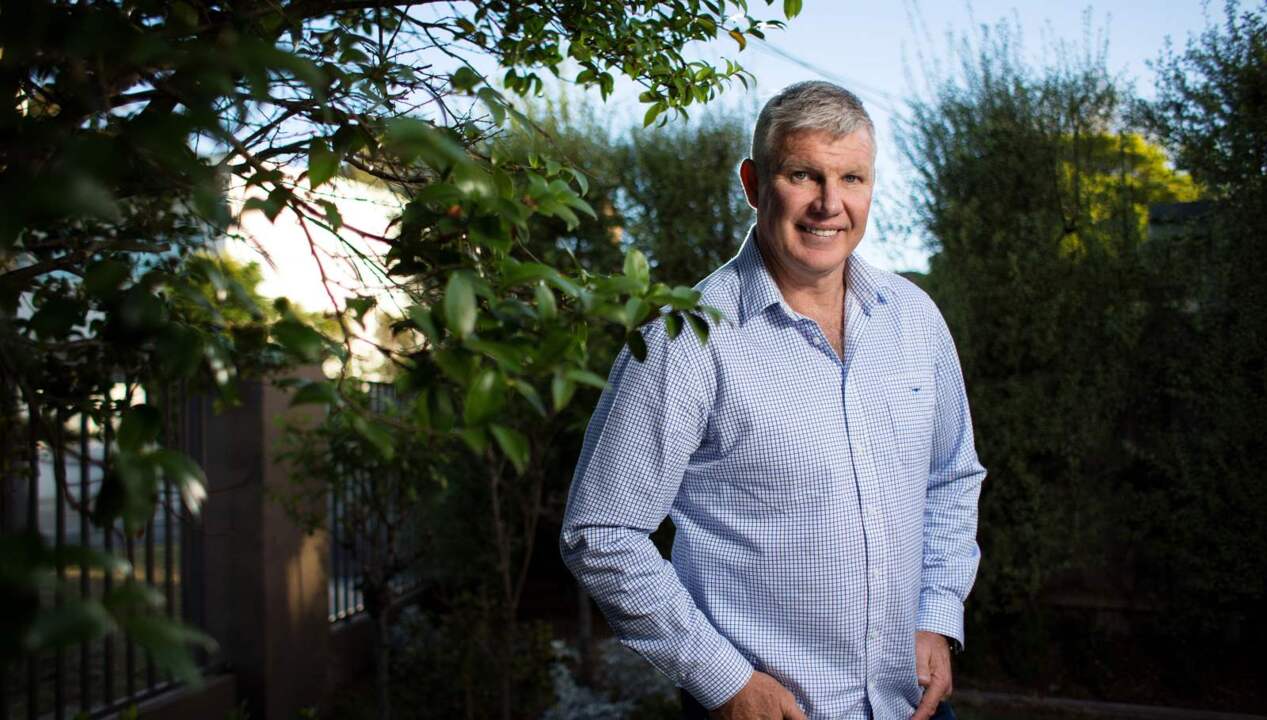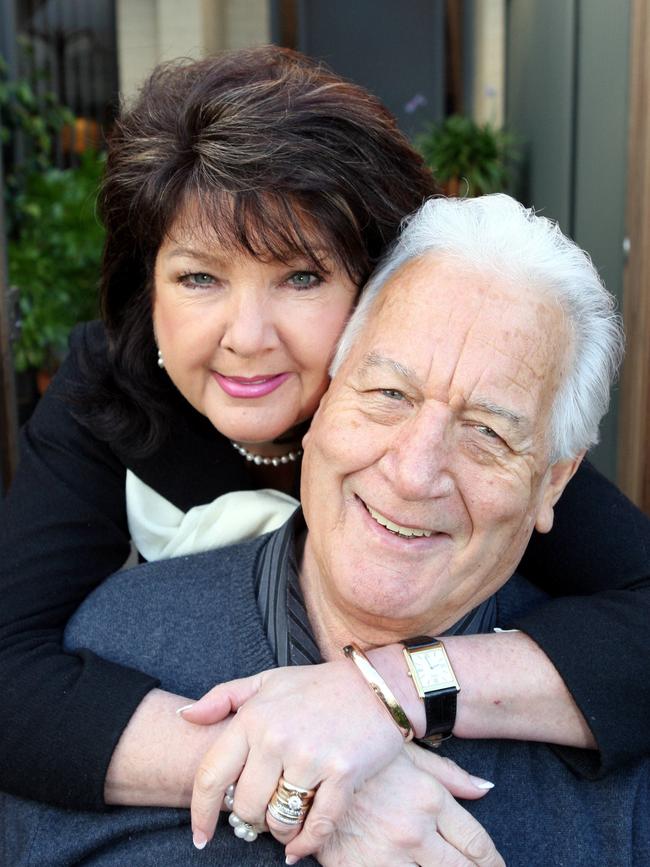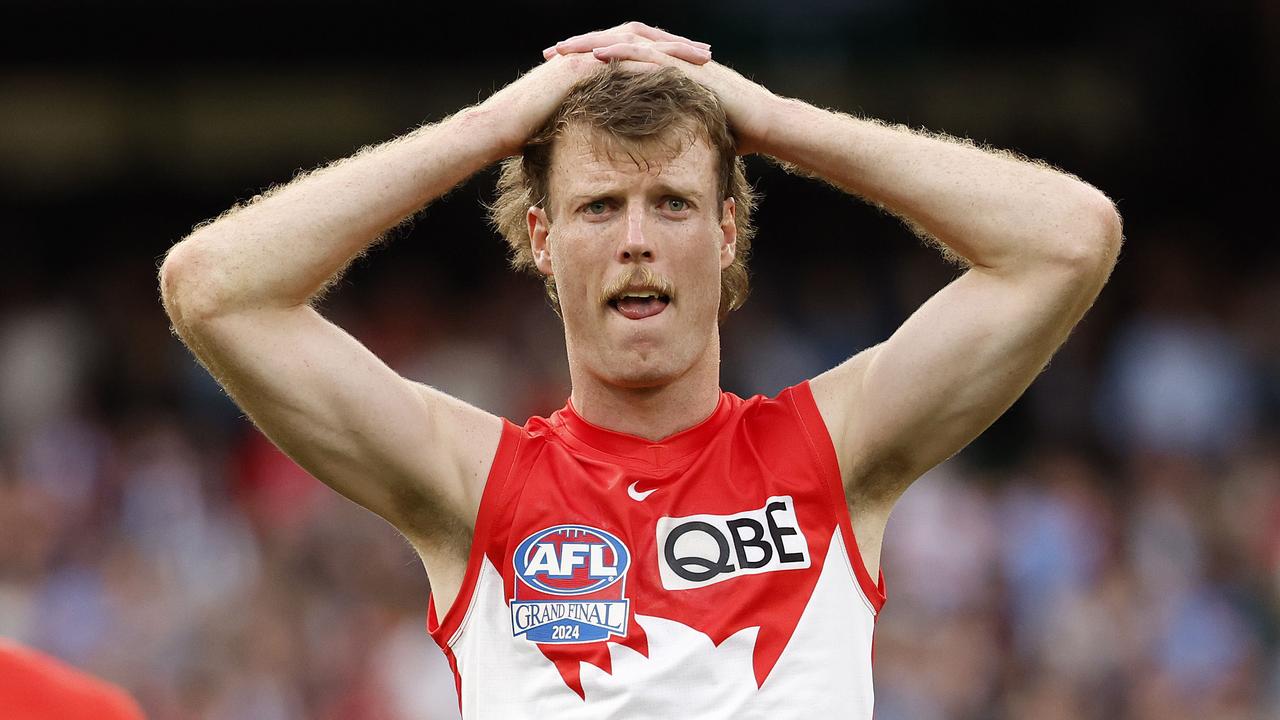Concussion in the AFL: Murray Weideman’s battle with CTE revealed after the Collingwood champion donated brain
The pain wouldn’t go away, but it was the change to his behaviour in his latter years which finally convinced Collingwood champion Murray Weideman to donate his brain to science.

AFL
Don't miss out on the headlines from AFL. Followed categories will be added to My News.
Collingwood champion Murray Weideman’s final days were wracked with torturous pain and mood swings, now believed to have stemmed from multiple concussions during his celebrated football career.
Weideman has become the fourth known VFL-AFL player to be posthumously diagnosed with Chronic Traumatic Encephalopathy (CTE), a crippling neurological disease linked to repeated head knocks.
The family of the Magpies’ 1958 premiership captain and Australian Football Hall of Fame member has revealed how in the last years of his life he pledged to donate his brain to science for the sake of future generations of footballers, including his grandson Sam, who is a talented young forward with Melbourne.
Weideman died in February — the day after his 85th birthday — following a number of recent health battles, which included some personality and behavioural changes that are now believed to be linked to his CTE.
Kayo is your ticket to the best local and international sport streaming Live & On-Demand. New to Kayo? Start Your Free Trial >

Weideman’s son Mark, also a former Collingwood player, and Murray’s widow Victoria, have shared with News Corp the details of the Australian Sports Brain Bank’s report in the hope it can create greater awareness around protecting the head and the brain in sport.
Weideman was found to have suffered from Stage II CTE — the same stage experienced by St Kilda great Danny Frawley, who died in 2019.
Geelong legend Graham ‘Polly’ Farmer — the first VFL-AFL player found to have been affected by CTE after his death in 2019 — had Stage III, while former Richmond player Shane Tuck had “the worst case so far”, according to Associate Professor Michael Buckland, who is the founding executive director of the Australian Sports Brain Bank.
Associate Professor Buckland said Weideman’s result also showed intermediate Alzheimer’s disease, but he believed CTE had most likely caused the change in behaviour in his final years.
Weideman, who was one of the Magpies’ favourite sons across 180 games from 1953 to 1963, spoke at length with his son about how they could both assist current and future footballers, so concerned was he about his deterioration in recent years.
“I said ‘Dad, we have got to do this, we have got to help’,” Mark Weideman said. “The more science can build up and get evidence, the better things will become in the future.”
“He was 100 per cent behind this. He said that while he gave out plenty of hard knocks, he copped quite a few back.
“He got one at Punt Road, Richmond one day and he ended up in hospital and couldn’t remember anything about it.
“You don’t really think about it because your life goes along pretty smoothly for a long time, but then it kicks in late. As Dr Michael Buckland explained it to me, ‘His brain was fighting it all the time, but in the end it just loses the fight’.”

Victoria Weideman enjoyed a wonderful marriage with Murray for more than four decades, but she noticed discernible changes in his final few years.
“We had a wonderful life together and we couldn’t have been happier,” she said. “But I started noticing some changes in his personality.”
There were the occasional flashes of anger from the normally happy-go-lucky Weideman. He would at times drive in the middle of the road, which forced Victoria to sell his car.
There was a bad fall in 2018, which she described as “the straw that broke the camel’s back”, as his behaviour and mood swings became more unpredictable.
Then, in the last six months of his life, she said he would constantly rub his head - due to the pain - to a point where she considered making him wear gloves.
“Murray got to a stage where he was sitting there every day rubbing his head just above his eyebrows,” she said. “He would rub so much that I had to get special cream for him.”
She said Weideman realised something was not quite right, which led him to speak with his son about donating his brain.
“He knew it would be great for science and he knew it would be great for up and coming footballers, for the knowledge of what actually happens in this game they play,” she said.
“Murray would have done anything to help the next generation of players, even if it had meant donating his whole body if he had to.
“He wanted it to be safer for them and he wanted it to be safe for Sam. He was so proud of Sam and we all want him to be healthy and happy and to not be injured.”


Associate Professor Buckland praised the Weideman family for making the difficult, but important, decision to donate their loved one’s brain, saying more than 600 people had already signed up to the pledge.
“Murray had evidence of old vascular injury, little micro strokes that you wouldn’t have noticed at the time, but they take a little bit of the brain at a time,” Associate Professor Buckland said.
“To me, it looked like his brain had been working hard for a long time to get rid of it.”
He said Weideman had a mixture of pathologies, which made his story not as straightforward as others, but he believed CTE was the likely cause of the personality changes, not the Alzheimer’s disease.
Weideman was Collingwood royalty during his years as a matinee-idol hero to the black and white army in the ‘50s and early ‘60s. He was a two-time premiership hero, a three-time Copeland Trophy winner and a captain of the club.
He combined inspirational leadership, exceptional talent and an intimidating on-field presence into a successful playing career at Collingwood and later West Adelaide.
Magpie fans adored him; rival fans couldn’t stand the man known as ‘The Enforcer’ for his physical presence on the field.

Some took to writing him threatening letters; someone even fired a bullet through part of the family’s shopfront in Fairfield on one occasion. None of that worried ‘The Weed’.
In keeping with his larger-than-life personality, he even had a brief stint as a professional wrestler - while still at Collingwood - for a time earning him 10 times more per bout than for a match.
He famously said to his teammate ‘Hooker’ Harrison at quarter-time of the 1958 Grand Final when the Magpies trailed by 17 points: “Let’s see who we can collect.”
They turned up the physical pressure on the Demons and the Melbourne players were so intent on retaliation that they let the game slip.
Collingwood produced a win known as ‘the Miracle of ‘58’ against the odds-on favourites and it was one of the finest moments of Weideman’s career.
Weideman shocked the footy world when he retired from the game at the end of 1963 due to a back injury. He was only 27.
He later coached Collingwood and West Adelaide, but remained a sporting giant in two states.
More Coverage
Originally published as Concussion in the AFL: Murray Weideman’s battle with CTE revealed after the Collingwood champion donated brain




